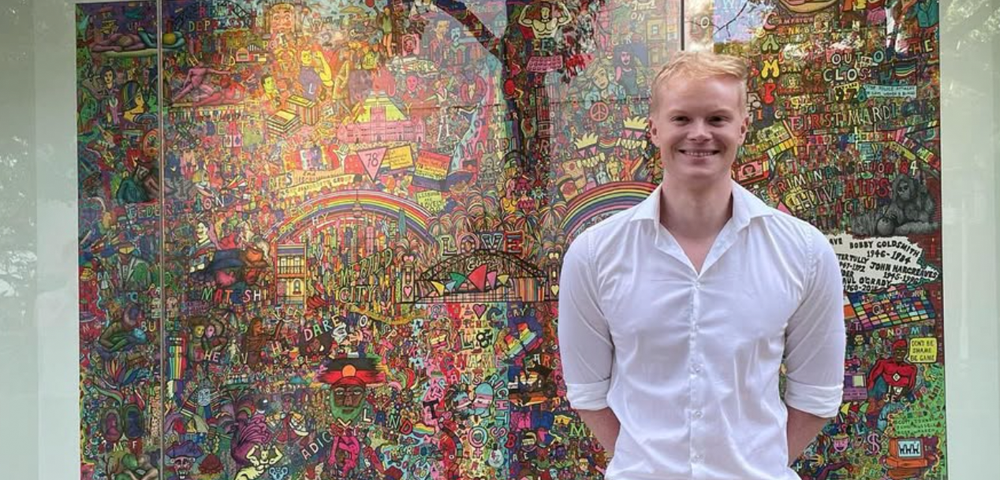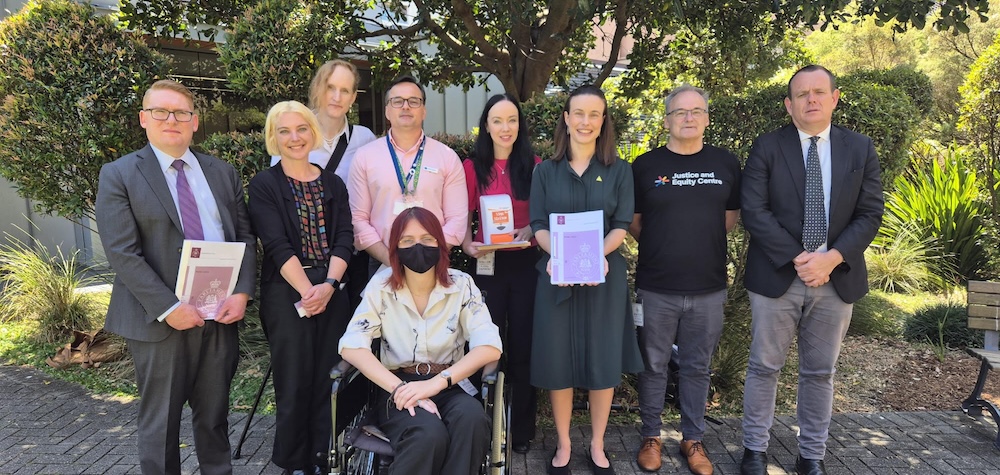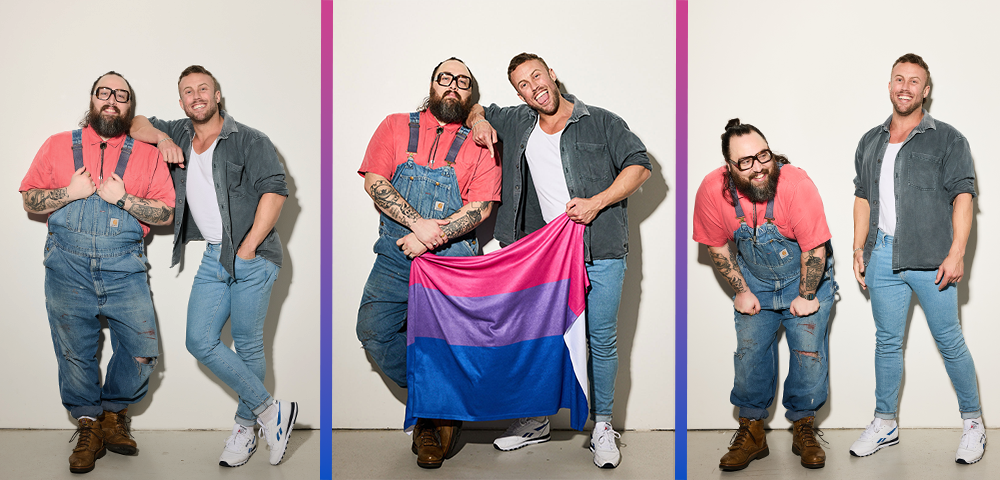
Quantum leaps
It seems, almost without noticing it, we have recently passed one of those significant change points referred to by those who understand such terms as a ‘quantum leap’.
Not only has the Transgender Anti-Violence Project (TAVP) been launched after many months of discussion and negotiation, but on the Australian and world stage there have been significant advances towards the rights of same-sex couples to enter into marriage contracts, and an Australian woman with a trans-history has been given a passport in her feminine persona without having to go through surgical affirmation procedures in order to satisfy the bureaucrats.
This demand for surgery by bureaucracy has never been a demand for confirmation that the person is now a male or a female following surgery, but rather that they are no longer a female or a male — in other words, that one of the factors that goes toward making us human has been modified or eliminated.
If medical science had progressed far enough for transwomen to give birth, or for transmen to inseminate women, there would be little to argue against, but as matters stand, we are talking of forced sterilisation as the price of acceptance by bureaucracy of gender revision (or affirmation).
I have dealt with the genesis of the TAVP in a recent column. This cooperative venture between the City of Sydney Council, the NSW Police Force, the Inner City Legal Centre and the NSW Gender Centre has hit the ground running.
The aims of the Project — to gather reports of anti-transgender violence, to keep statistics and to provide legal and moral support for victims of transgender violence — are already showing results.
The visible support from the police, in particular, is encouraging more victims to come forward and assist the police in stamping out violence. In the past we have been forced to rely on anecdotal evidence, which was compelling in its uniformity but difficult to use in persuading legislators and administrators to give their support in creating new laws and new ways to deal with targeted violence and hate crimes.
On the same-sex marriage front, we have the Labor Party branches of Queensland, South Australia and Western Australia passing motions supporting same-sex marriage. We can also look forward to federal action (the Australian Marriage Act is a federal act) following the ALP’s National Conference in December.
I know the transgender view of same-sex marriage is slightly different from that of many in the LGB segment of the population in that most LGB supporters of same-sex marriage see it as legislation enabling people who are currently not allowed to marry, to do so.
For many transgenders, the passing of same-sex marriage legislation would enable a couple who are already married to remain married, following the official transition of one partner or the other to their innate gender.
Of course, the more conventional reason for wanting equal marriage rights is also valid for transgenders. It is possible that an unmarried MTF may wish to marry a woman, whether the object of her desire is a genetic woman or another MTF, and an unmarried FTM may wish to marry a man.
INFO: Katherine Cummings is information and resources worker at the NSW Gender Centre. www.gendercentre.org.au









